The story of Scotland's 1976 Calcutta Cup win - part III
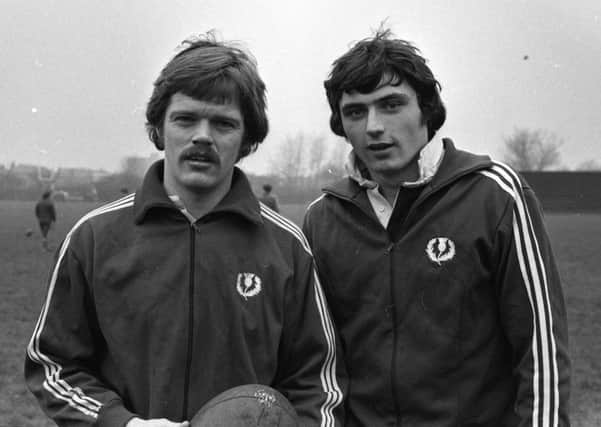

Thoughts were still occupied by the 28-6 defeat in Wales a fortnight previously, and a question posed by Gerald Davies that night in Cardiff was still exercising the mind of rugby writer Norman Mair. “How,” asked Davies, not rudely but in puzzlement, “did Scotland expect to score?”
In one sense it is reassuring to be reminded that the problem of scoring tries in recent years – overcome during the past couple of seasons, thankfully – is nothing new for Scotland. Second place in the Five Nations Championship in 1975 disguised the grim truth that Scotland achieved this by scoring only two tries, ever so slightly adrift of championship winners Wales with 14. The Scots had drawn a blank in their summer Test against the All Blacks, and over the winter of season 1975/76, had so far mustered just three tries in three games – a statistical improvement on the previous season, but not what anyone would consider a success.
Advertisement
Hide AdAdvertisement
Hide Ad“The insistence last season that the try-score, rather than how agonisingly close we came to Triple Crown and Championship, was the true yardstick has proved correct,” wrote Mair, “our shortcomings this season neither surprising nor new.
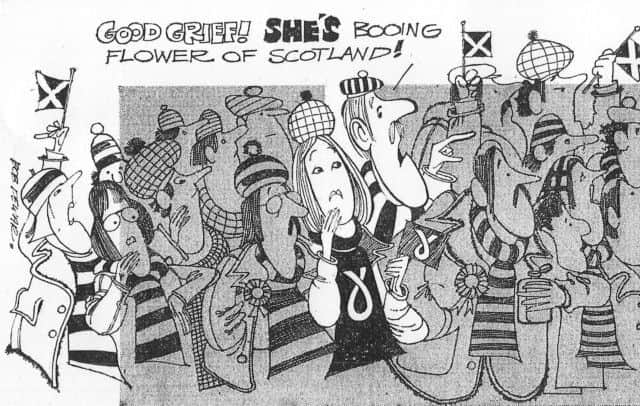

“With the best will in the world, even at home and though England themselves scarcely come north trailing clouds of glory, I cannot see how a team which took the beating Scotland did at Cardiff can be given much more than an even chance, so much depending this afternoon on which of these two seemingly far from vintage sides, if either, find confidence flooding.”
There were grounds for hope, however, when British & Irish Lions coach Carwyn James, who had led the Lions to their only series win ever against the All Blacks, gave his verdict: “With the match at Murrayfield, and having seen both sides this season, I take Scotland to win.”
England, meanwhile, were expected set loose the heavy mob in the shape of Fran Cotton and Mike Burton to target Scotland’s new stand-off Ron Wilson, and Alan Old was tasked with giving Andy Irvine an uncomfortable afternoon under the high ball. In return, Scotland would aim to make life difficult for recalled England winger Ken Plummer, winning his second cap seven long years after gaining his first. The intervening years could hardly be considered a vote of confidence from the selectors.
For such an important fixture, the build-up to the match had been decidedly low key, although comparisons of the level of media coverage then and now are unreliable because the industry is a very different place 40 years later, and while rugby is still 15-a-side and played with an oval ball, the sport itself has otherwise changed beyond all recognition.
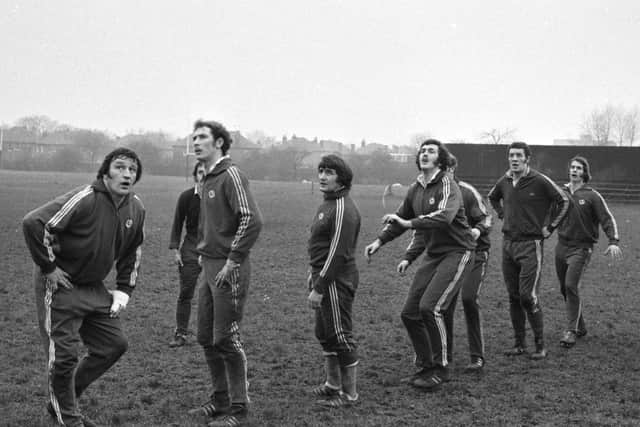

In the present era, the build-up to the next Six Nations Championship match begins as soon as the full-time whistle sounds, and preview material fills the sports pages and bulletins every day. Back in the 1976, the daily offering on the international match was modest, although that could be too generous a description.
At the start of Calcutta Cup, Monday’s edition of The Scotsman carried a three-inch single column of small print tucked away in the corner of an inside page, noting that Gordon Brown was confident of being fit after a squad session at Murrayfield the previous day. It also reported that Colin Fisher and Sandy Carmichael were nursing injuries, South African-born trialist Donald Macdonald had joined the party, and the squad had been made to study the television recording of their second half against Wales. The rest of the page was devoted to club rugby reports, and the back page was football, football, football.
Advertisement
Hide AdAdvertisement
Hide AdThere was nothing about the big match in Tuesday’s edition. Not a line. Or Wednesday. Or Thursday. It was not until Friday that the match hit the radar again, with an interview with new cap Alan Tomes – ‘The very model of a modern lock’ – and a brief fitness update headlined ‘Ian McGeechan has a cold’. There was also a short item on the Welsh Rugby Union taking action against ticket touts, after 50p ground tickets for the Wales v Scotland match were sold for an outrageous £5 on the black market. But just as prominent as the international coverage was the club rugby report, headlined ‘Business as usual despite invasion’ in reference to the anticipated arrival of England supporters.
In truth, any ‘invasion’ would be limited in size. The previous year, Murrayfield had hosted a world record attendance of a mind-boggling 104,000 for the Scotland v Wales match, and to avoid the risk of a repeat, matches became all ticket in 1976, with the stadium capacity capped at 70,000.
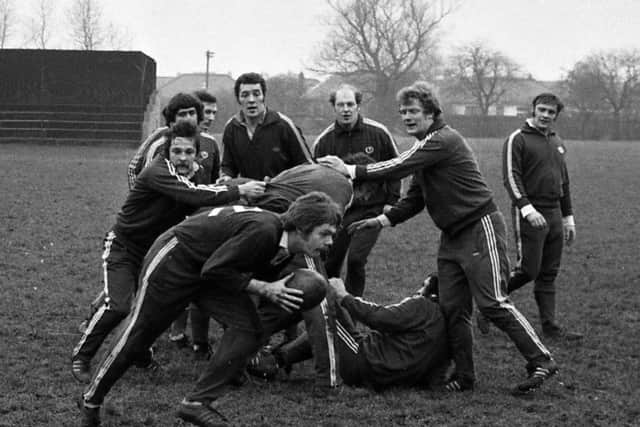

And if invaders were indeed heading north, they wouldn’t be following a trail blazed by the England team. Instead of setting up camp in or around Edinburgh early in the week, like the French had done on their January visit to Murrayfield, England gathered in Newcastle, training at Gosforth. Last to arrive was Andy Ripley, whose flight had been delayed from Dublin because of security surrounding the movement of the body of Frank Stagg, the IRA hunger striker who died that week. England stayed in Newcastle until Friday, making a break for the border by coach just 24 hours before kick-off.
There was no doubt about the arrival of one visitor from the south, however. The Queen was to make a rare appearance, and would be introduced to both teams before the match, along with husband Prince Philip and son Prince Edward. There was clearly a sense of anxiety about how she would be received, with the SNP at an all-time high in the polls, and demand growing for a Scottish Assembly.
In a back page item headlined ‘NO DRINKING OR BOOING, PLEASE’ the secretary of the Scottish Rugby Union appealed to spectators “to refrain from bringing quantities of drink for consumption at the ground” and asked for “the same silence to be observed when an English player is taking a goal kick as when one of the Scottish team is kicking”. It has to be said that boozing and booing was nothing new at Murrayfield, but with the monarch present, the SRU knew the potential for international embarrassment loomed large, particularly during the playing of God Save The Queen.
A Bob Dewar cartoon in The Scotsman about the Queen’s showed stunned supporters spluttering “Good grief! SHE’S booing Flower of Scotland!” It caught the moment and the mood so well that it was given pride of place on the front page on the morning of the match.
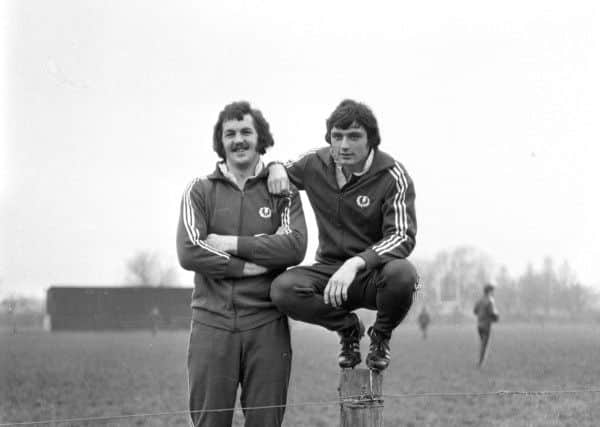

But would the joke be on Scotland, come 2.45pm that day? A nation took a short break from the business of rising again, to hold its breath.
TOMORROW: Final part - A triumphant return for Lawson, and a Murrayfield crescendo for the Queen